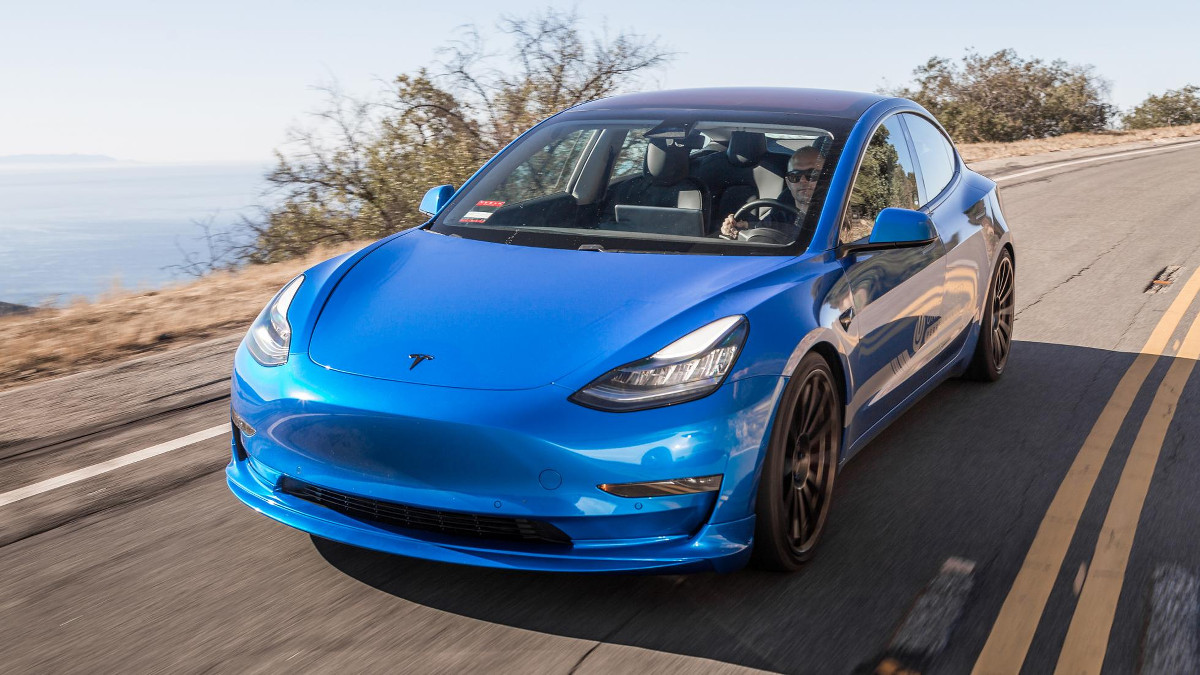It’s the Tesla Model 3!
It is, but it’s no ordinary Tesla Model 3. This one’s been modified by Unplugged Performance, a tuning company that lives very close to Tesla’s California base and whose boss—Ben Schaffer—has history in tuning Japanese performance cars past 1,000hp, via Bulletproof Automotive.
So what’s he done to this?
Tuning an electric car is different to tuning a traditional gasoline-powered car, and thus the Unplugged Model 3 has no powertrain modifications, the focus instead being on its suspension, brakes, wheels, and tires.
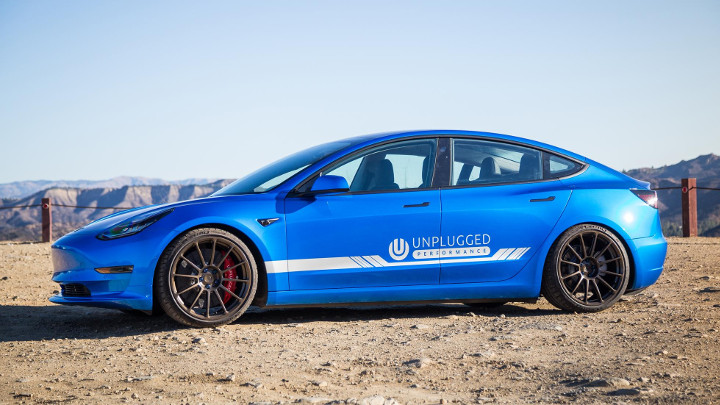
So, there’s a list of options which you can spec individually. The blue car you see here gets a number of big tweaks: coilover suspension ($1,995, or P107,000), carbon-ceramic brakes ($8,995, or P481,000) and lightweight forged wheels (prices vary, but you’re looking at another $9,000 or P481,600, minimum). Beyond those, there are things like new brake lines and lighter wheel nuts. It’s a thorough job.
The Model 3 is pretty good to drive as standard though, right?
It’s Tesla’s neatest-handling car yet, especially the all-wheel-drive, dual-motor version. But by its nature, it’s a heavy, complex car with a different feel to a traditional BMW 3-Series or Mercedes C-Class. The net result of Unplugged Performance’s tweaks is a car that feels more like those traditional gasoline-powered sports sedans. We like that a lot.
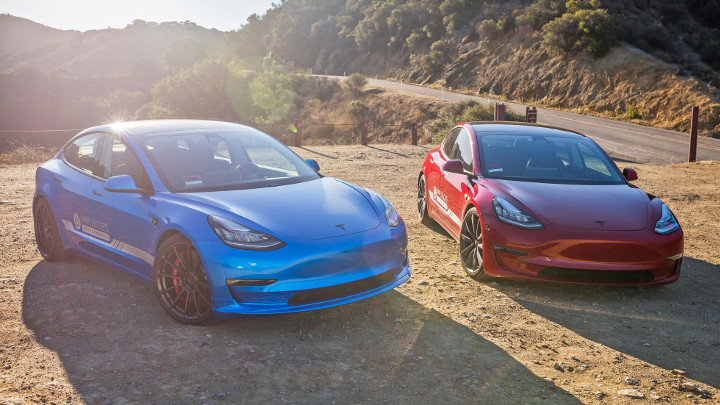
We drove two versions. The blue car is a single-motor, rear-wheel-drive Model 3, while the red car is a dual-motor, all-wheel-drive version. The former does 0-100kph in the mid-fives, the latter in the low threes.
And?
Starting with the blue car, it feels immediately sharper and more focused than the standard Model 3 in comparative spec. There’s clarity and communication in the steering, much quicker reactions into corners, and a tangibly lower center of gravity. It feels tauter and more honed, and right up there with a 3-Series for agility. The one thing that stops it completely replicating the experience is its overbearing stability control system, which blows the whistle on your fun far too early.
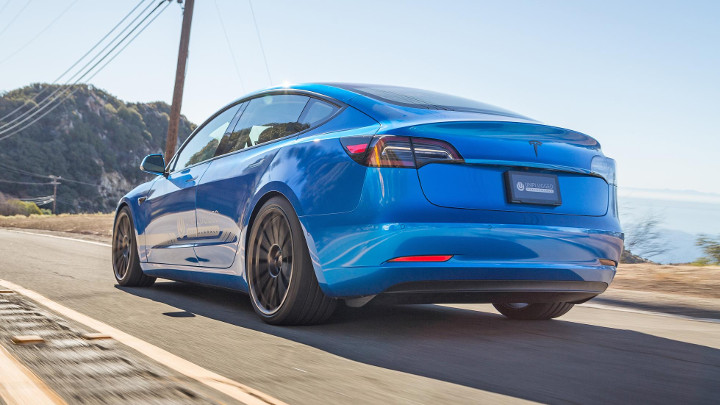
This makes sense in a base Model 3, which really struggles to put down its prodigious, immediately available torque. It could be a wild ride with the electronics off. But Unplugged Performance’s car is so well-controlled, helped by the addition of some excellent Michelin Pilot Sport tires, that it’d be great to have a bit more freedom to really exploit its balance.
If you’re expecting all this extra handling nous to come at the expense of ride comfort, however, you’re wrong. The coilovers are based on Öhlins components and are manually adjustable through 24 levels, and we were soon ratcheting them up for more stiffness. Unplugged Performance will set them up for your own preferences when you order, too.
How’s the AWD car?
It’s another step up entirely. It doesn’t have the purity of the RWD car—its extra weight is obvious in corners—but flipping heck, it’s quick. It gives a small, relatively unassuming-looking sedan the outrageous performance of a supercar. We wholeheartedly recommend going for Unplugged Performance’s ceramic brakes; while the Model 3’s standard brake regeneration helps slow you into corners, the velocities you’ll be carrying here warrant something a little stronger.
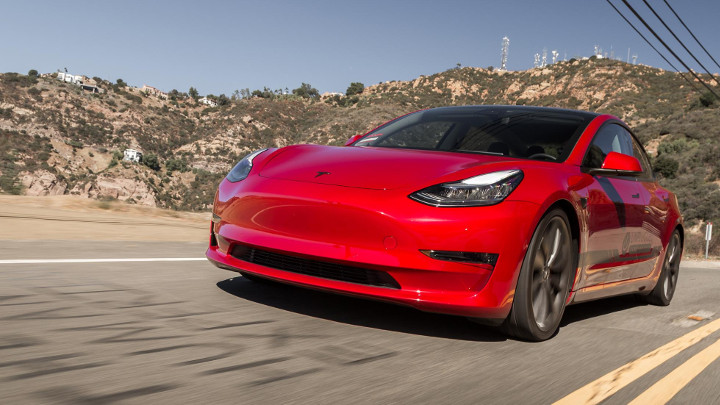
Again, we’d love to try it with the electronic nannies unshackled. The use of dual motors allows some clever shuffling around of the power and you can corner at quite silly speeds when you get your head around it, but some trust from the car that you’ve an idea of what you’re doing would be welcome. The upgrades help this car operate in the realm of BMW M3s and Mercedes C63s, with only their tire-shredding sense of humor missing.
That’s not something Unplugged Performance can offer, but perhaps Tesla will consider it in future over-the-air updates, and its Track Mode is certainly a start.
An M3 or C63 rival? Really?
It’s a different experience, given the complete absence of noise, save for some tire squeal when you’re getting really excitable. But after a day on some wonderful LA canyon roads, we’d quite warmed to that; here’s a car you can have an awful lot of fun in without attracting unwanted attention.

It’s a tuner car that doesn’t consume more fuel or make more noise than standard, and there’s appeal there. All of Tesla’s self-driving Autopilot tech remains intact, too, albeit after five months of Schaffer making its sensors talk to carbon-ceramic brakes. On the long trudge back through LA traffic, we largely let the car drive us back itself.
So does an electric car lend itself to modifying?
Unplugged Performance operates on a different plane of car modifying—something that Schaffer happily admits: “Things that don’t translate are quite obvious. We can’t make a bolt-on exhaust system and a turbo kit, or increase the displacement of the motor.”
“Certain old technologies cannot coexist in the EV world, but you can have high-end suspension, brakes, weight reduction, custom interiors with higher-quality materials, and custom exteriors that are not just beautiful, but functional,” he continues. “You can modify a lot of the car and make it into something that is kind of more special, more exotic, more personal, and arguably, that can perform better for the use you have it for.”
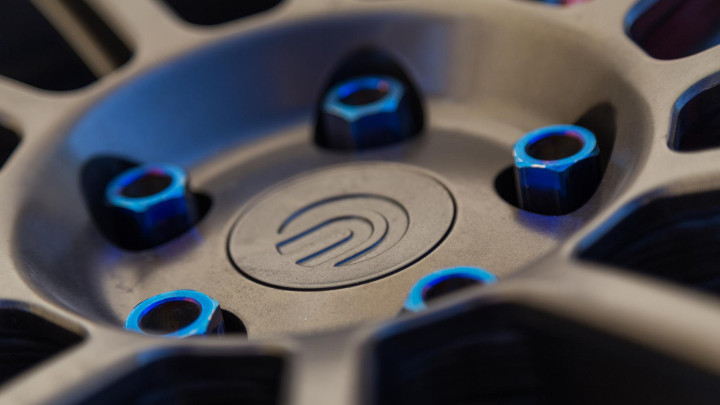
Indeed, adding $20,000 (P1.07 million) or so of suspension, brakes, or wheels to a Model 3 is merely where the Unplugged Performance experience begins. If you’re willing to shell out five times that amount, Schaffer’s team will fashion a completely bespoke car for you in forensic detail. Naturally, you can have an Unplugged Model S or Model X, too.
Are you convinced?
These two Model 3s are certainly a very good demonstration of the company’s talents. Teslas have always been very good at smacking your gob in a straight line but then letting you down in corners, where they’ve felt more like a science experiment than something designed to make you smile.
Unplugged Performance has made the Model 3 feel like a proper driver’s car and a genuine sports sedan. The RWD car wins for purity, but one small taste of the AWD car’s performance is enough to convert you to its unfathomably quick ways. Sample either, though, and you’ll not want to drive a standard Model 3 again.
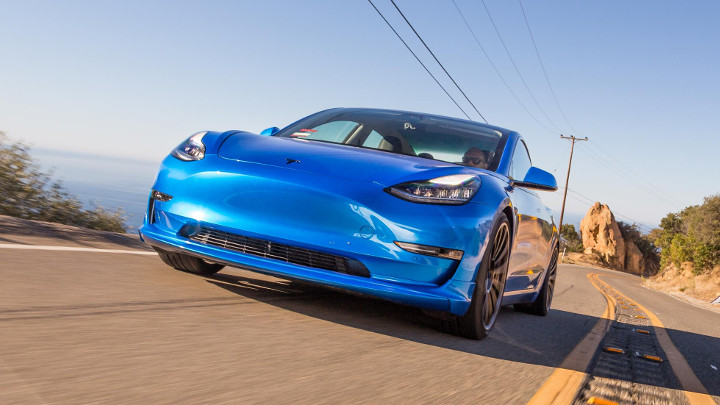
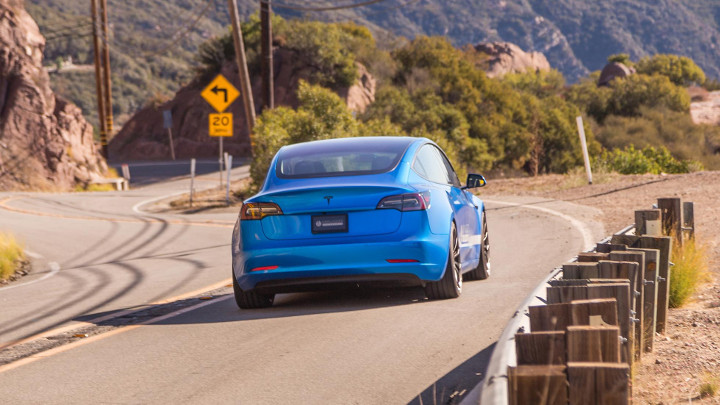
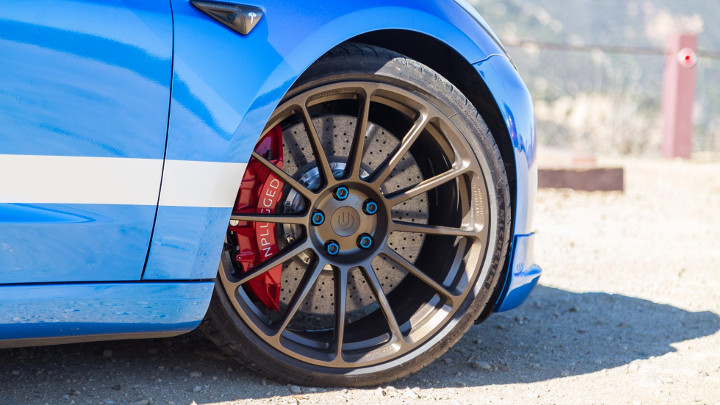
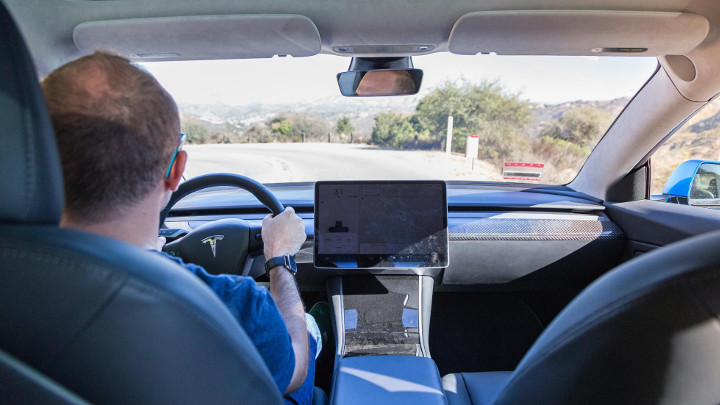
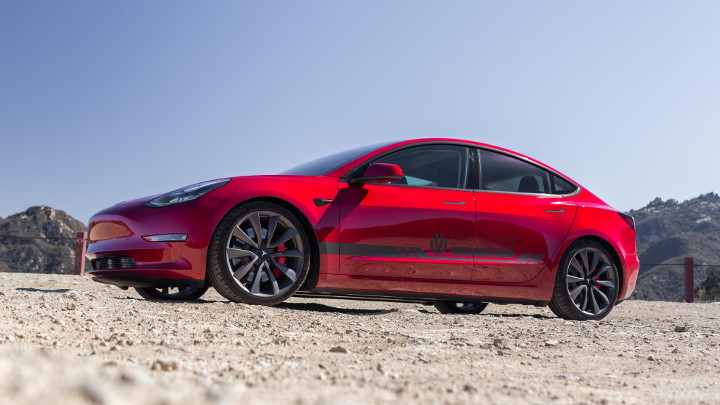

NOTE: This article first appeared on TopGear.com. Minor edits have been made.
